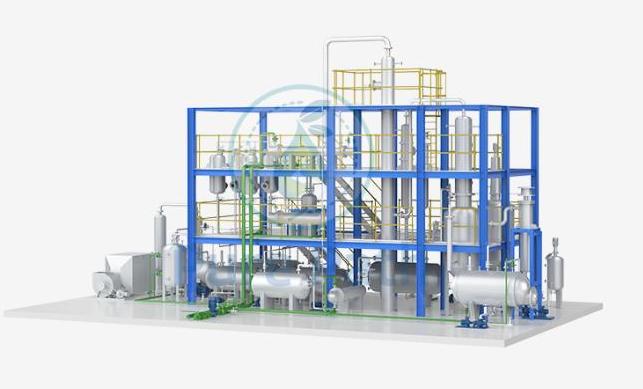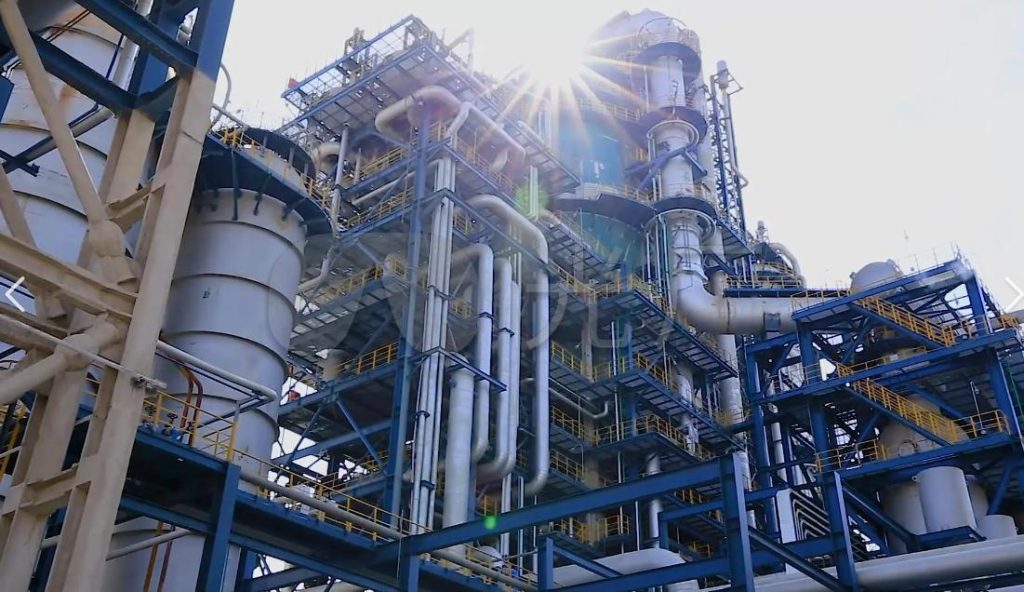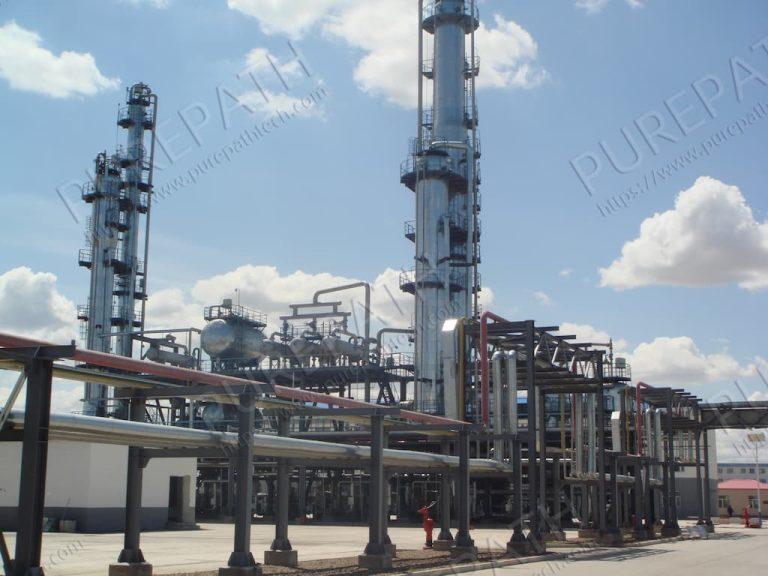A Guide to White Spirit Production
White spirit, also known as mineral spirits or paint thinner, is a crucial solvent used in various industrial and household applications. Its versatility in cleaning, degreasing, and thinning paints makes it indispensable in many industries.
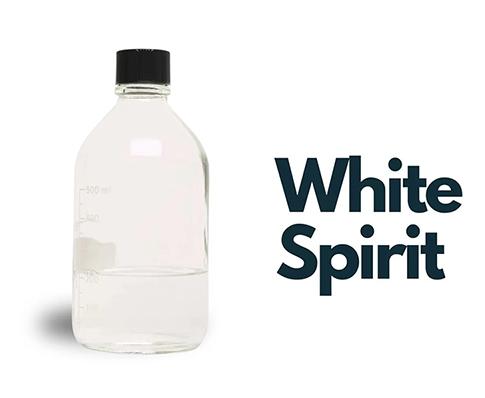
The Role of White Spirit
White spirit plays a multifaceted role in various sectors, spanning from industrial applications to household uses. Its chemical properties, particularly its ability to dissolve oils, fats, and resins, make it an essential solvent in numerous processes and products. Here’s an in-depth look at the significant roles of white spirit:
1. Industrial Applications
- Paints and Coatings: White spirit is a critical component in the formulation of paints, varnishes, and coatings. It acts as a solvent, ensuring that these substances achieve the right consistency for application. During the drying process, white spirit evaporates, leaving behind a smooth and even coat. This solvent property not only enhances the application process but also improves the quality and durability of the final product.
- Adhesives and Sealants: In the production of adhesives and sealants, white spirit helps in dissolving and blending the necessary chemical components. It ensures that the adhesives maintain their intended viscosity and adhesive properties until they are applied and set.
- Printing Inks: The printing industry relies on white spirit to produce high-quality printing inks. It helps in adjusting the viscosity of the ink, allowing for smooth application and rapid drying, which is essential for high-speed printing processes.
- Degreasing and Cleaning: White spirit is extensively used as a degreasing agent in industrial settings. It effectively removes grease, oil, and other contaminants from metal surfaces, machinery, and equipment, ensuring their proper functioning and maintenance.
Household Use
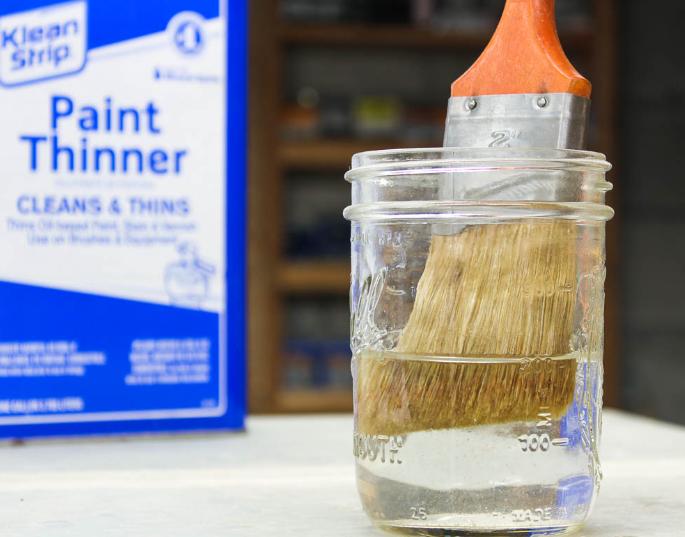
- Paint Thinner: For DIY enthusiasts and professionals alike, white spirit is a go-to solvent for thinning oil-based paints and varnishes. It makes these substances easier to apply and helps achieve a smooth finish.
- Cleaning Agent: In households, white spirit is commonly used for cleaning purposes. It can clean and restore paintbrushes, remove paint stains from floors and furniture, and clean surfaces without damaging them. Its versatility makes it a staple in many households.
- Polishing and Wax Removal: White spirit is also used in furniture care for polishing and removing old wax layers from wooden furniture. It cleans the surface and prepares it for re-waxing or varnishing.
3. Intermediate Chemical
- Chemical Manufacturing: White spirit serves as an intermediate chemical in the production of various other compounds. It is a precursor in the synthesis of detergents, cleaning agents, and other solvents. Its role in these processes highlights its importance in the broader chemical industry.
- Formulation Ingredient: In the formulation of specialized products, such as rust inhibitors and lubricants, white spirit acts as a blending agent. It ensures that the final product has the desired properties and performance characteristics.
How to Produce White Spirit
The production of white spirit is a detailed process involving multiple stages of distillation and purification. This section provides an in-depth look at the steps involved in creating high-quality white spirit, a versatile solvent widely used in various industries and households.
1. Feedstock Selection
The production process begins with the selection of appropriate feedstocks. These feedstocks are typically derived from petroleum refining processes and consist of a mixture of paraffinic, naphthenic, and aromatic hydrocarbons. The quality and composition of the feedstock are crucial as they determine the efficiency and outcome of the subsequent distillation and purification processes.
2. Fractional Distillation
The selected feedstock undergoes fractional distillation in a distillation tower. Fractional distillation is a method used to separate the components of a mixture based on their different boiling points. Here’s how it works in the context of white spirit production:
- Heating: The feedstock is heated until it vaporizes.
- Separation: The vaporized feedstock enters the distillation column, where it rises and cools. Different hydrocarbons condense at different heights in the column because of their varying boiling points.
- Collection: White spirit is typically collected as a middle distillate fraction, condensing at an intermediate height in the distillation column. This fraction contains the desired range of hydrocarbons that characterize white spirit.
3. Hydrofinishing
After distillation, the middle distillate fraction undergoes hydro finishing, also known as catalytic hydrogenation. This process enhances the quality of the white spirit by removing impurities such as sulfur, nitrogen, and unsaturated hydrocarbons. During hydro finishing:
- Hydrogenation: The distillate is treated with hydrogen in the presence of a catalyst.
- Purification: The reaction converts impurities into harmless compounds (e.g., sulfur into hydrogen sulfide), which are then removed, resulting in a purer product with improved color and odor.
4. Solvent Extraction
To achieve the desired purity and specific properties of white spirit, further purification through solvent extraction might be necessary. Solvent extraction involves:
- Mixing: The hydrofinished product is mixed with a solvent that selectively dissolves certain impurities.
- Separation: The mixture is then separated, with the impurities being removed along with the solvent, leaving behind a more refined white spirit.
5. Blending
Depending on the intended application, the purified white spirit may be blended with other solvents or additives to meet specific performance criteria. This step ensures that the final product has the right balance of properties such as evaporation rate, solvency power, and flash point, tailored to its end-use.
6. Quality Control and Testing
Throughout the production process, rigorous quality control measures are implemented to ensure the consistency and purity of white spirit. These measures include:
- Chemical Analysis: Regular sampling and analysis of the product to check for impurities and ensure compliance with specifications.
- Performance Testing: Evaluating the product’s performance in various applications, such as paint thinning and cleaning, to ensure it meets industry standards.
PurePath Tech Petrochemical Plant
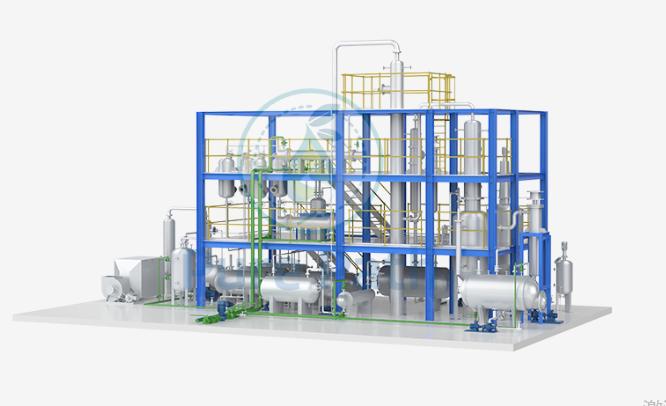
PurePath Tech exemplifies modern white spirit production facilities with advanced technology and sustainable practices:
- Advanced Distillation Units: Utilizing state-of-the-art fractional distillation columns ensures precise separation of hydrocarbon fractions, optimizing yield and quality.
- Environmental Considerations: Incorporation of catalytic converters and efficient solvent recovery systems minimizes environmental impact, aligning with stringent regulatory standards.
- Quality Control: Rigorous quality control measures at every stage ensure consistency and purity in the final product, meeting the stringent demands of industrial and consumer markets.
- Research and Development: Continuous research into innovative production techniques and alternative feedstocks underscores PurePath Tech’s commitment to sustainability and product innovation.
In conclusion, white spirit production combines traditional distillation techniques with modern advancements to meet diverse industrial and household needs. Facilities like PurePath Tech exemplify the industry’s evolution towards efficiency, quality, and environmental responsibility in chemical manufacturing. Understanding this process not only highlights its industrial significance but also underscores its role in enabling countless everyday applications.
For more information, please contact PurePath Tech.


